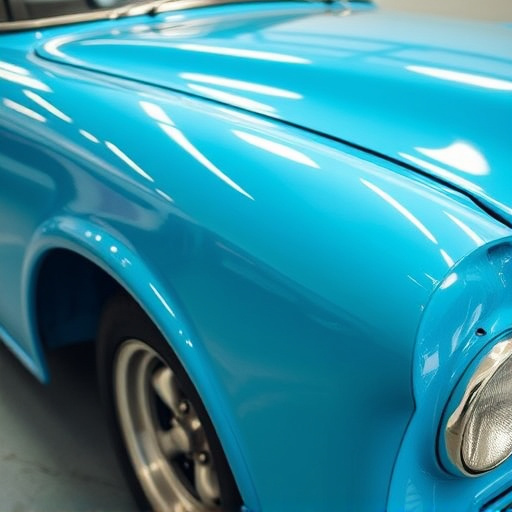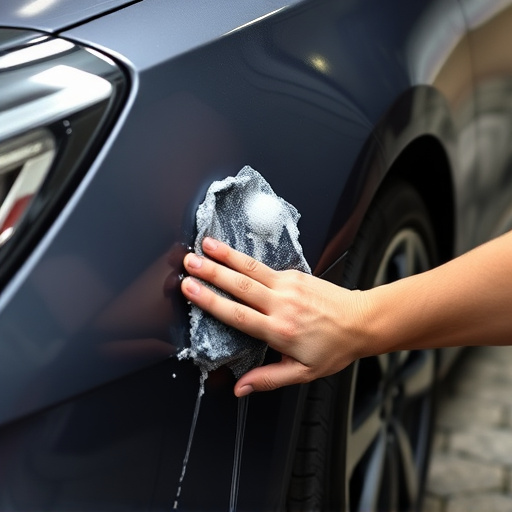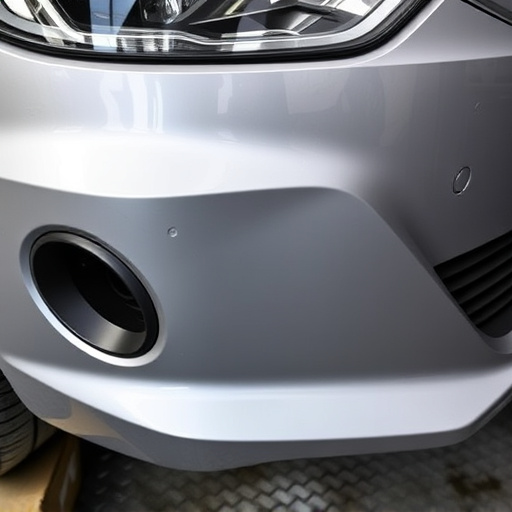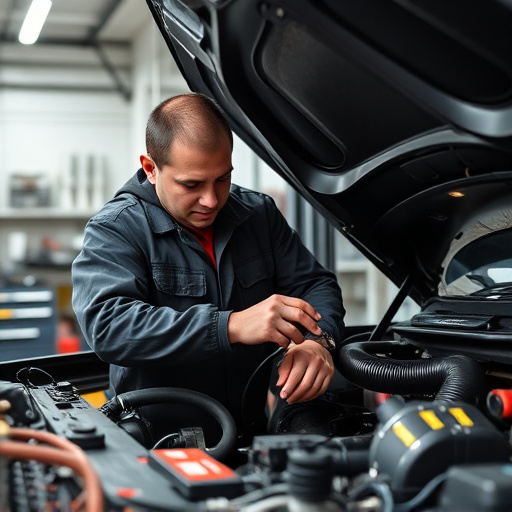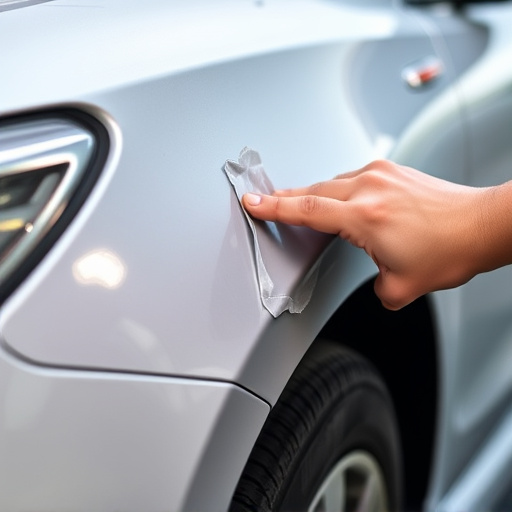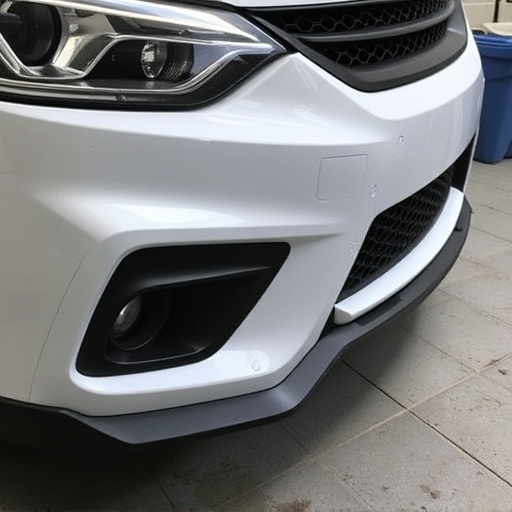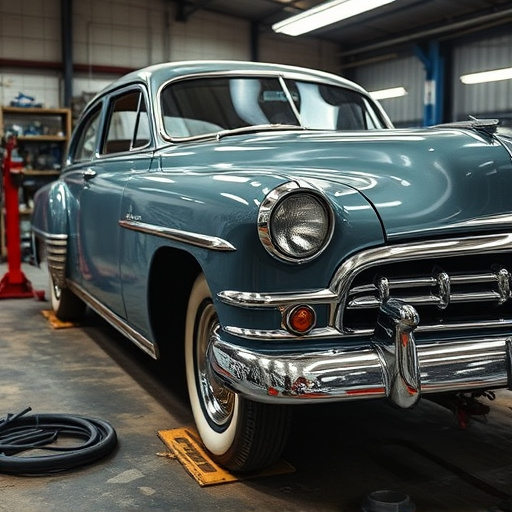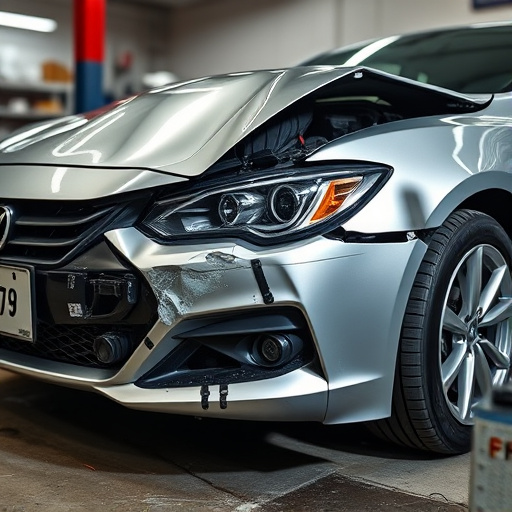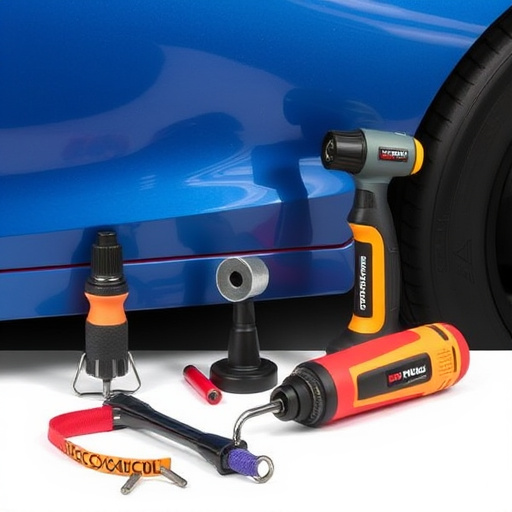Weather and environmental conditions significantly affect collision center operations and repair completion timelines. Extreme temperatures, rain, snow, and strong winds can disrupt outdoor work and slow down vehicle repairs. Auto body restoration and paint jobs are sensitive to humidity, air quality, and curing times, which must be considered for effective resource management and customer satisfaction. Collision centers overcome these challenges by strategically planning work schedules, utilizing indoor facilities for sensitive tasks, and investing in climate-controlled workshops to streamline repairs and ensure timely service.
In the realm of construction and maintenance, weather and environment significantly influence repair completion timelines. This article delves into the intricate relationship between these factors and repairs, examining both direct impacts like rainfall delaying concrete setting and unseen effects such as temperature fluctuations affecting material performance. We explore strategies to mitigate delays, offering insights for navigating the elements to ensure efficient repair completion. Understanding these dynamics is crucial for successful project management and cost-effective outcomes.
- The Direct Impact of Weather Conditions on Repairs
- Environmental Factors and Their Unseen Effects on Repair Timelines
- Strategies to Mitigate Delays: Navigating the Elements for Efficient Repairs
The Direct Impact of Weather Conditions on Repairs
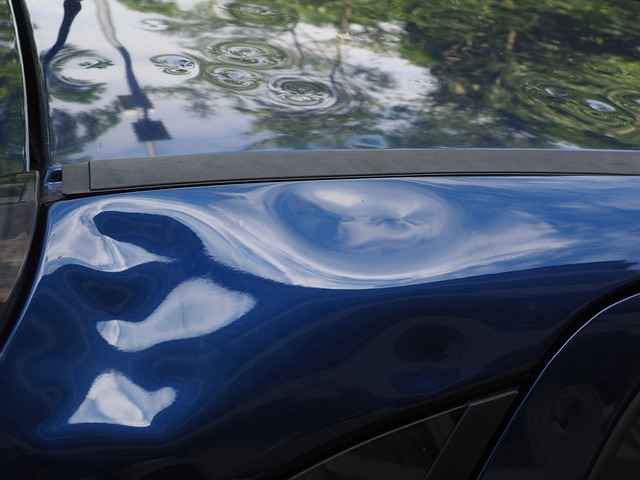
Weather conditions can significantly influence the pace and efficiency of repairs at collision centers, thereby impacting the overall repair completion timeline. For instance, adverse weather like heavy rain, snow, or strong winds can disrupt work schedules as outdoor operations may need to be temporarily halted to ensure worker safety. These delays are not just inconvenient; they can lead to extended downtime for vehicles, causing further inconvenience for customers.
Moreover, extreme temperatures pose unique challenges in auto body restoration and car paint repair. Hot weather can accelerate the drying process of certain adhesives and paints, potentially leading to rushed work that might compromise quality. Conversely, cold weather slows down these processes, requiring additional time for repairs. Understanding these direct impacts is crucial for collision centers to effectively manage resources, set realistic timelines, and maintain customer satisfaction despite unpredictable environmental factors.
Environmental Factors and Their Unseen Effects on Repair Timelines
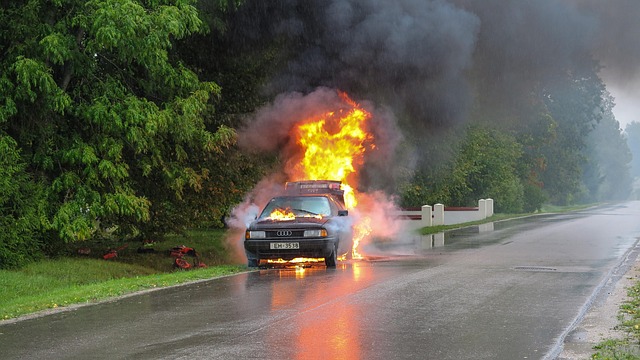
Environmental factors often play a significant yet invisible role in shaping the repair completion timeline for car bodywork and car paint repair services. Beyond the immediate impact of weather conditions like rain or snow, which can obviously delay outdoor work, other elements subtly influence turnaround times. For instance, extreme temperatures can affect the curing process of adhesives and paints, leading to either accelerated or slowed repairs depending on whether it’s a heatwave or deep freeze.
Even seemingly minor aspects like humidity levels and air quality contribute indirectly. High humidity can prolong drying times for car paint repair, while polluted urban air may require additional measures to ensure the longevity of newly repaired surfaces due to its corrosive nature. These environmental factors demand careful consideration by automotive technicians to optimize their work schedules and maintain consistent service quality, ultimately affecting the estimated repair completion timelines.
Strategies to Mitigate Delays: Navigating the Elements for Efficient Repairs
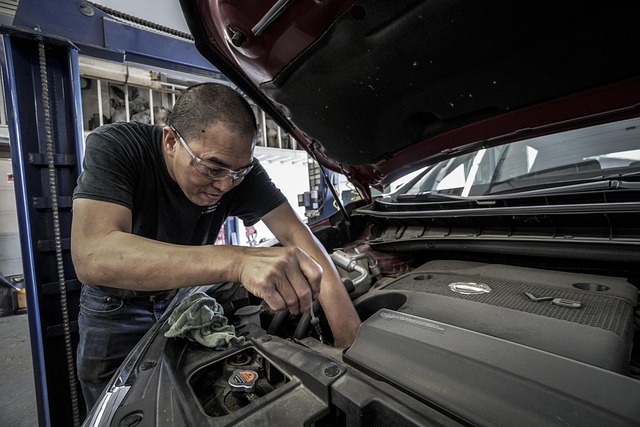
In the realm of auto body restoration and vehicle restoration, navigating the unpredictable elements is a skilled art. Delays in repair completion timeline are an inevitable part of this process, but implementing strategic solutions can significantly minimise their impact. To streamline repairs, professionals employ various tactics, such as scheduled maintenance during less extreme weather conditions or utilising indoor facilities for tasks sensitive to temperature and humidity.
Furthermore, investing in quality equipment designed for efficient work in diverse environments is crucial. For instance, advanced auto body services often include climate-controlled workshops that ensure constant working conditions, preventing delays caused by sudden weather shifts. These proactive measures not only expedite the repair completion timeline but also enhance the overall quality of vehicle restoration, ensuring satisfaction for folks who value timely and reliable service.
Understanding how weather and environmental conditions impact repair completion timelines is essential for efficient project management. By recognizing the direct effects of weather on repairs and accounting for unseen environmental factors, professionals can implement strategies to mitigate delays. Adopting proactive measures allows for more accurate planning, ensuring projects stay on track despite external elements. These insights are vital in today’s world, where navigating unpredictable conditions is a constant challenge, ultimately contributing to improved repair outcomes.
